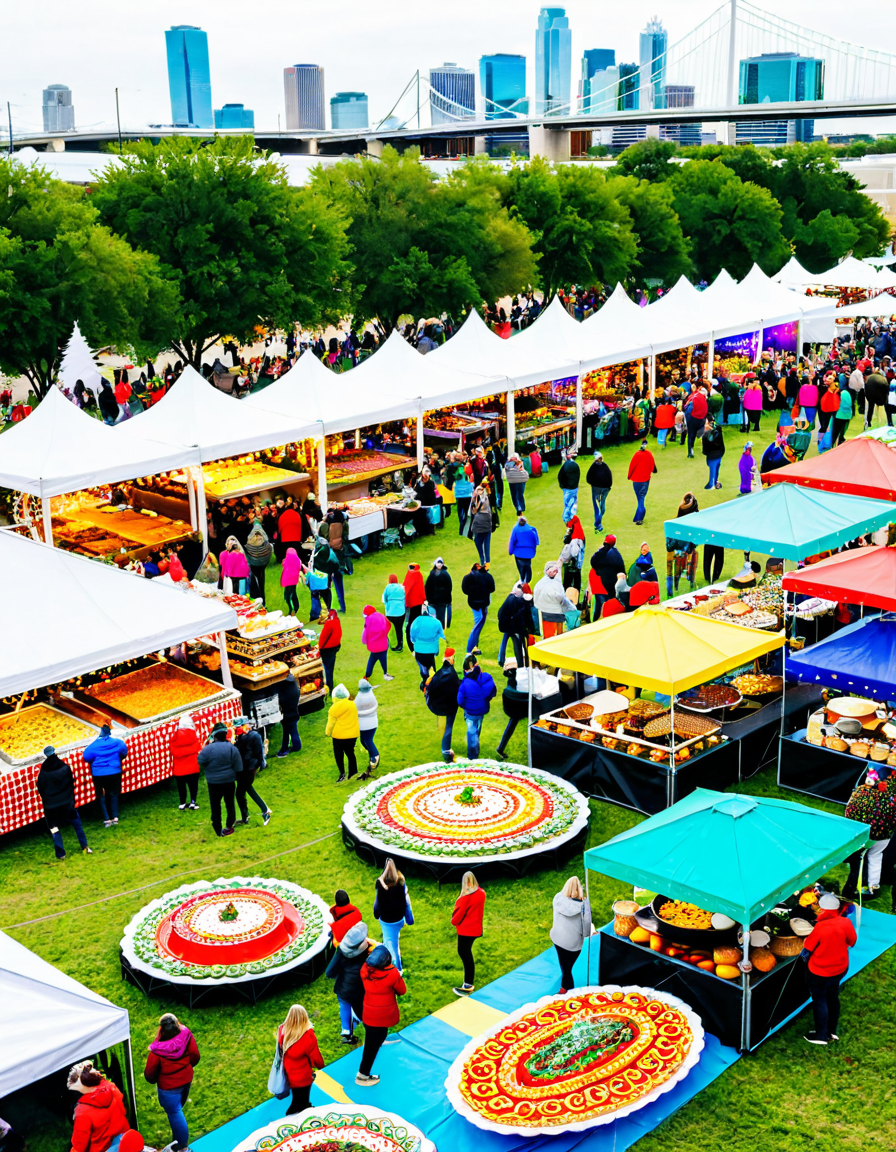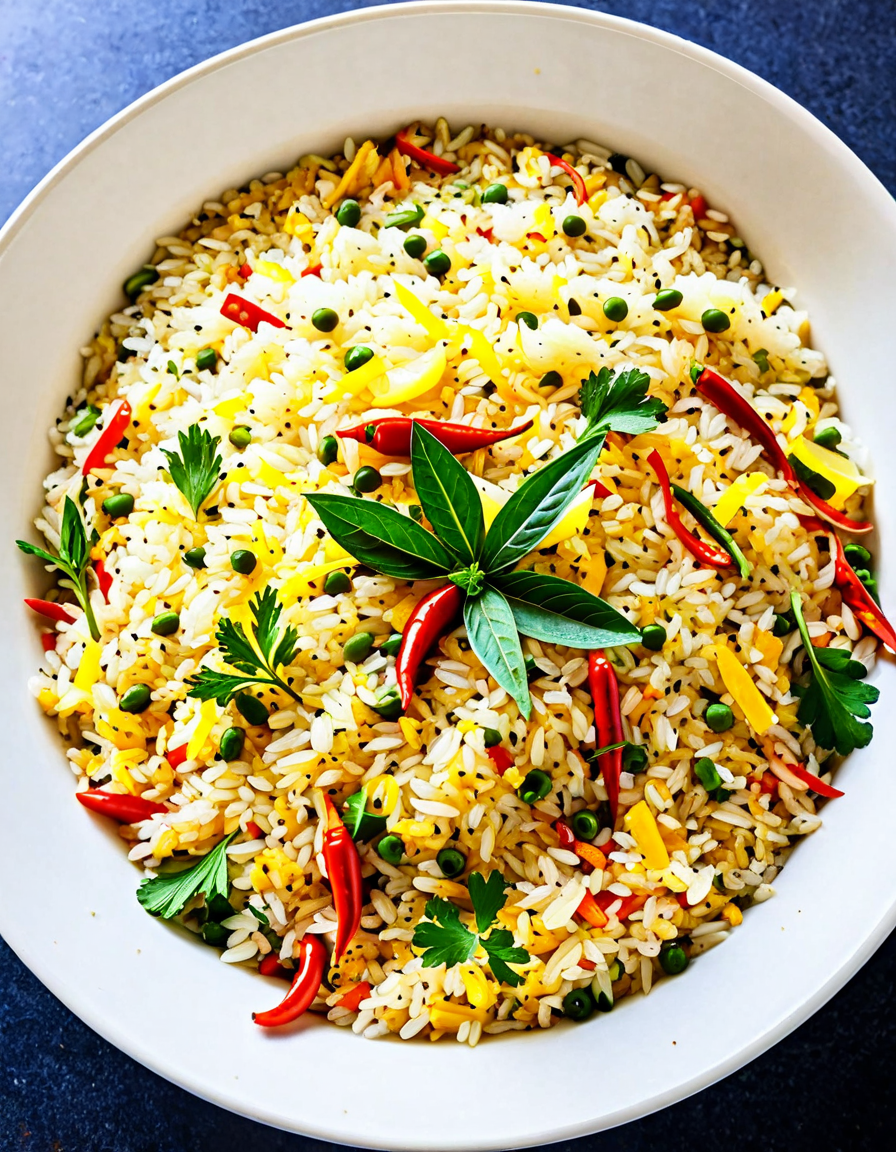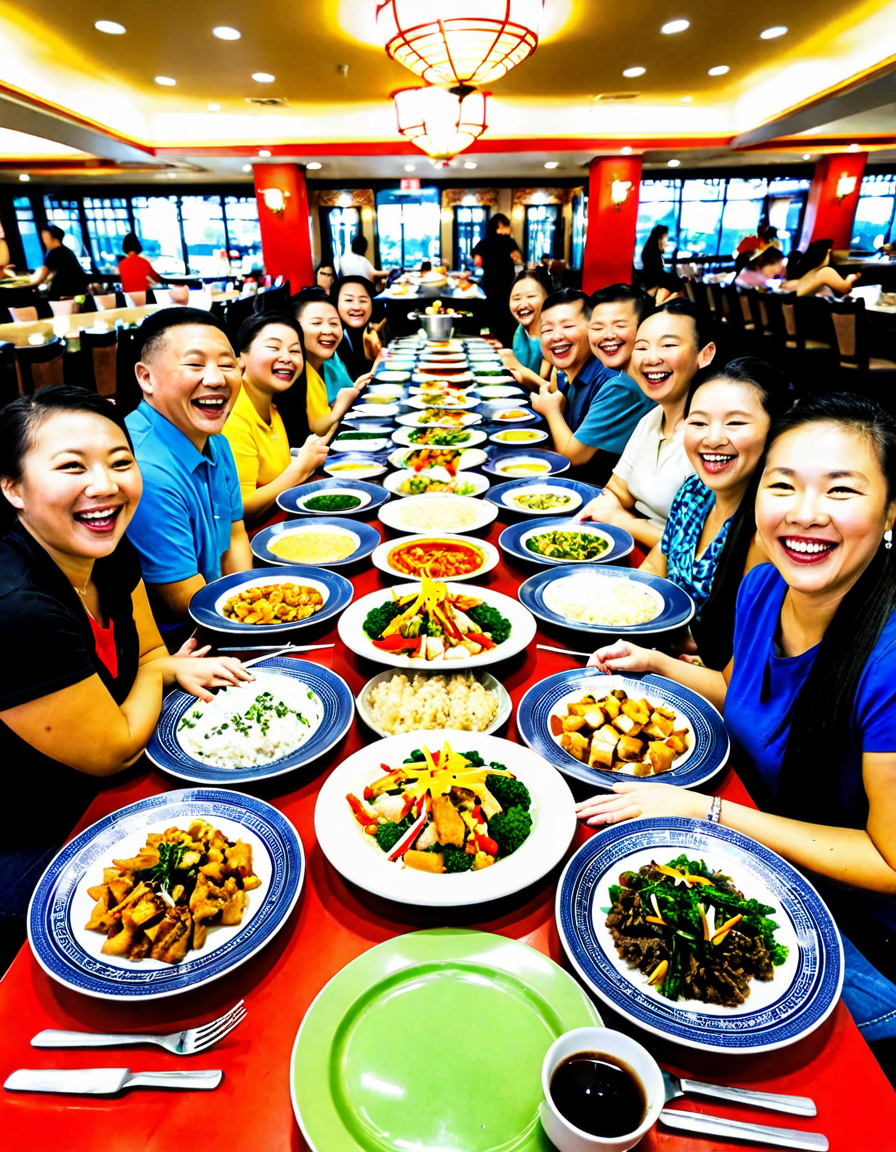Arroz, or rice, is much more than just a grain; it forms the backbone of countless culinary traditions, intertwining cultures and families around the globe. This unassuming staple has a remarkable ability to adapt to an array of flavors and techniques, making it the star of many dining tables. Whether it’s fluffy Basmati served at an Indian wedding or creamy Arborio made into a decadent risotto in Italy, arroz truly takes center stage. Let’s embark on a journey through the world of arroz and unearth its culinary significance, nutritional value, and cultural relevance.
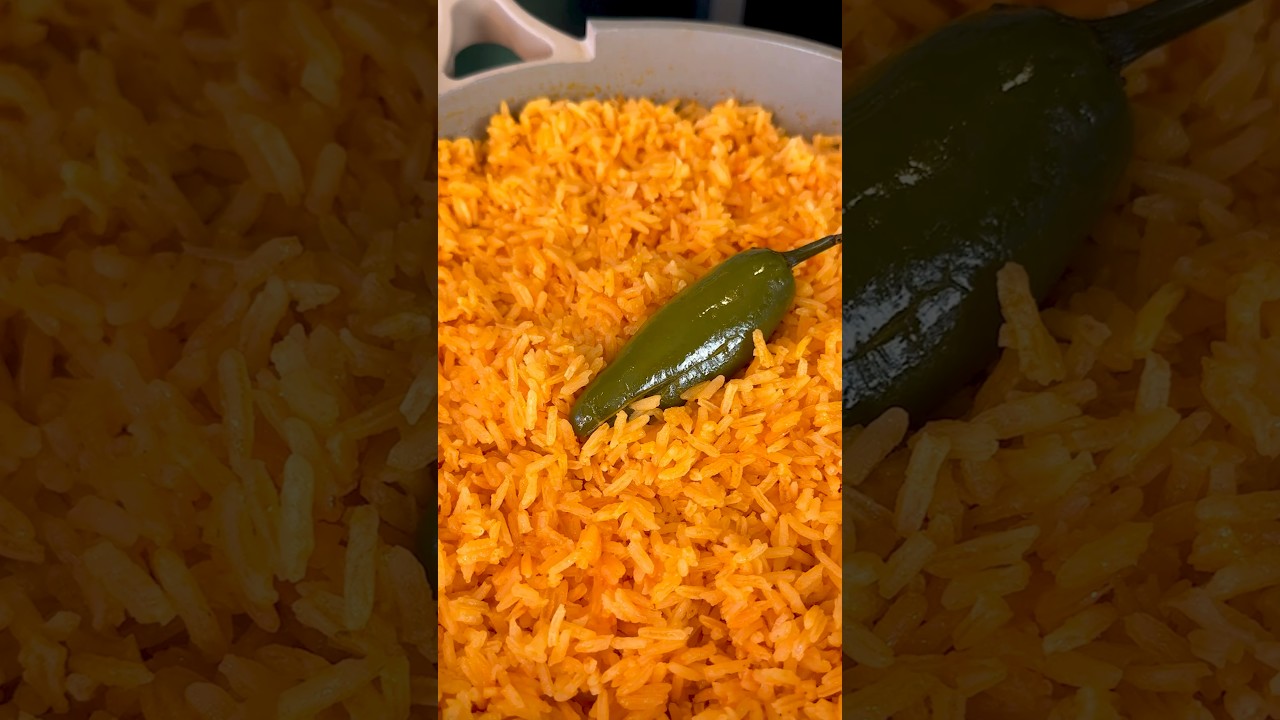
Top 7 Varieties of Arroz That Enrich Global Cuisines
Arroz comes in many varieties, each carrying distinct characteristics and cultural importance. Let’s explore seven types that exemplify this rich grain’s diversity:
Renowned for its long grains and aromatic fragrance, Basmati rice is integral to South Asian cuisine. Whether it’s a lavish plate of Biryani at weddings or simply steamed to accompany a meal, its ability to soak up spices and flavors elevates any dish.
This short-grain rice is synonymous with risotto. Arborio’s high starch content creates a creamy texture, allowing it to absorb flavor-packed broth perfectly. Remember trying a classic Mushroom Risotto in northern Italy? That luscious creaminess wouldn’t be possible without Arborio.
Short and sticky, sushi rice is crucial in Japanese classics. Mixed with rice vinegar and sugar, it complements fresh fish or vegetables, creating delightful sushi rolls and chirashi bowls that honor the nation’s culinary traditions.
Aromatic and slightly floral, Jasmine rice takes center stage in Thai cuisine. It pairs beautifully with spicy dishes like Pad Thai or various curries, highlighting the regional love for bold, unforgettable flavors.
A staple in many Latin American nations, this beloved dish of chicken, rice, and vegetables tells a story of Spanish influence intertwined with local ingredients. Each country offers a unique spin, enriching the cultural narrative tied to arroz.
Charismatic and aesthetically pleasing, risotto nero uses black rice often mixed with seafood and squid ink. The dish beautifully showcases the connection to the Mediterranean landscape and takes presentation to another level.
Long-grain white rice is a Southern classic, prevalent in dishes like jambalaya and shrimp creole. It reflects the unique fusion of French, African, and Native American flavors that color Southern cooking.
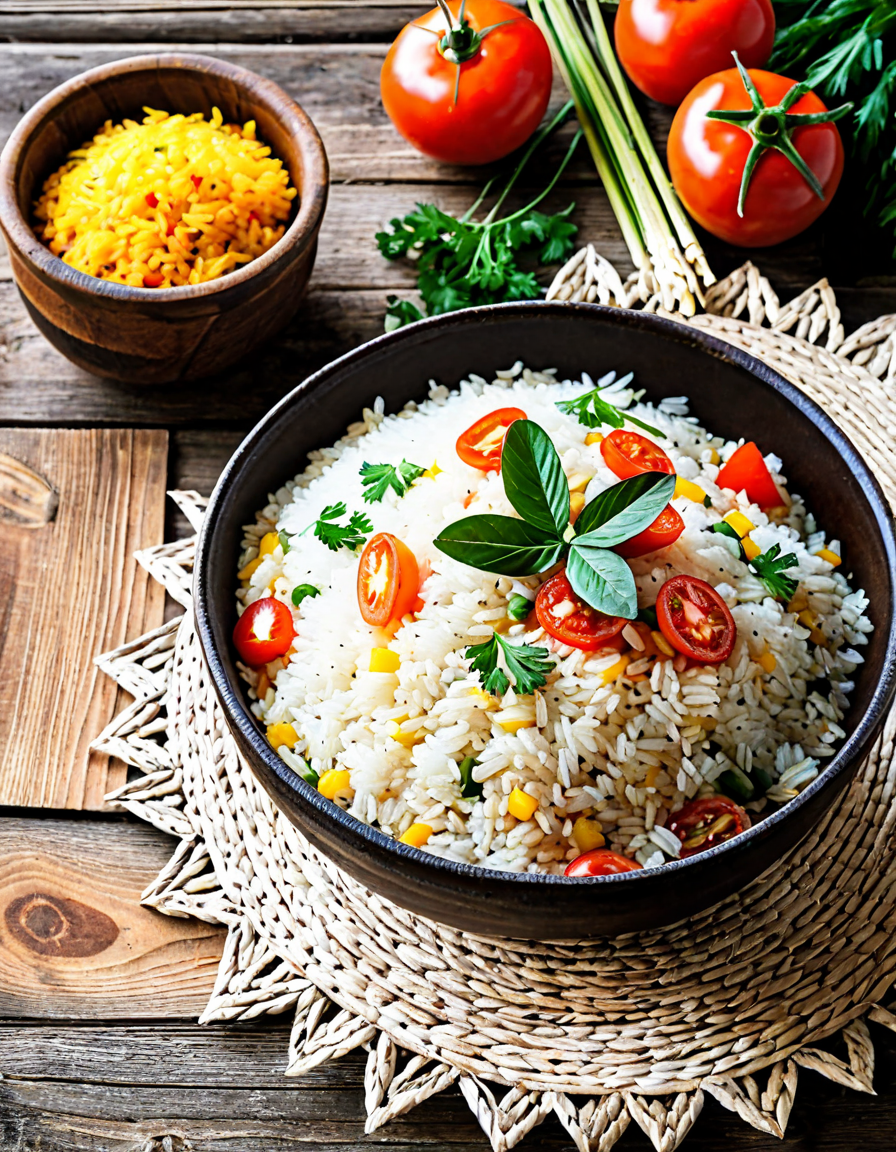
The Nutritional Value of Arroz: A Global Perspective
Arroz isn’t just a versatile culinary staple; it also packs a nutritional punch. Different varieties bring their own benefits to the table. For example, brown rice bursts with fiber, promoting healthy digestion, while fortified rice can be a vital source of B vitamins.
Research from the American Heart Association suggests that whole grain rice can significantly boost heart health. Incorporating it into diets assists in managing cholesterol levels while supporting overall well-being. Plus, varying types of rice come with distinct glycemic indices, a critical factor for those managing blood sugar levels, particularly in diabetic diets.
Rice consumption patterns are vital for many cultures, where healthier varieties are increasingly favored. Consumers are leaning toward whole grains, showcasing a growing awareness of how arroz can support nutritional needs while being a delicious choice.
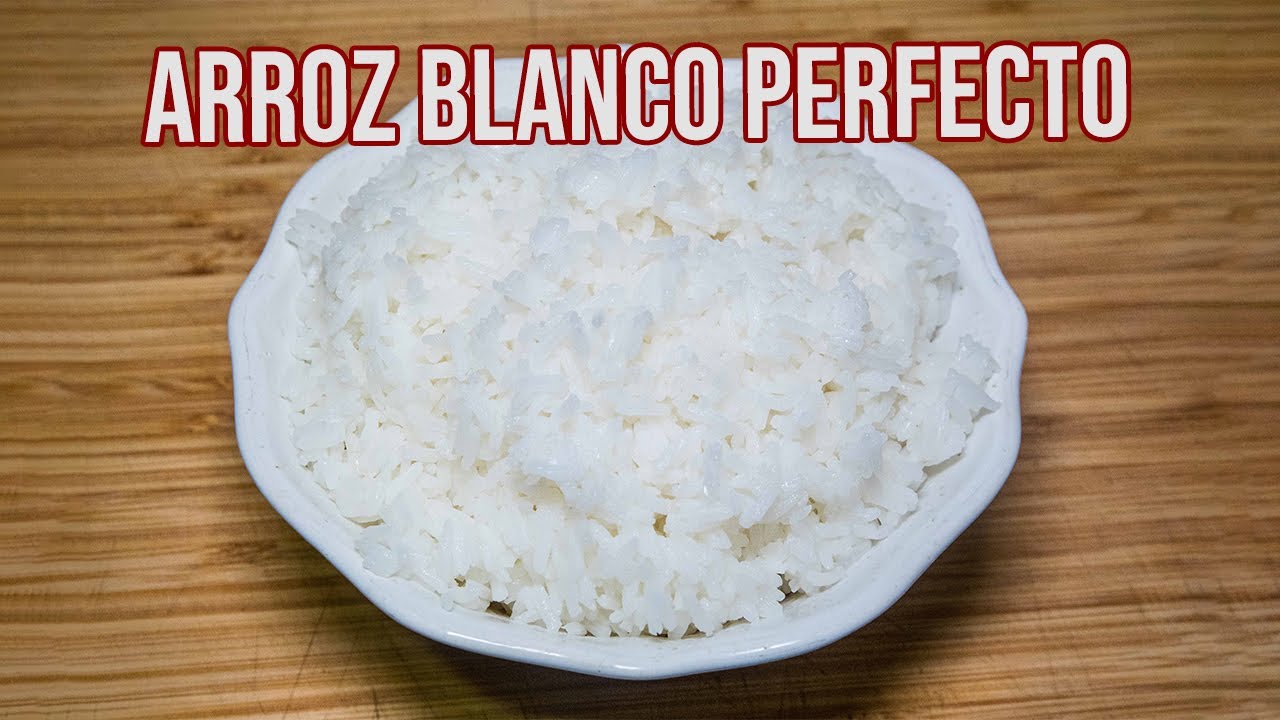
Arroz in Cultural Celebrations: A Symbol of Togetherness
Arroz often symbolizes prosperity and unity across many cultures. In various Asian traditions, rice holds a place of honor during significant ceremonies. For example, in Japan, rice is utilized in Shinto blessings and plays a crucial role in New Year celebrations, amplifying its reverence.
Latin American families echo this sentiment through communal dishes, notably during holiday gatherings. The intricate preparations for Arroz con Leche during Christmas symbolize love and togetherness, filled with tradition and significance.
Moreover, rice is often cast in celebration at weddings, representing abundance and good fortune. This connection extends beyond a mere grain—it tells a story of shared experiences, cultural identity, and familial bonds, revealing how something as simple as arroz can bear profound meaning.

Cooking Techniques: The Art of Perfecting Arroz
Mastering the cooking techniques for arroz takes its culinary potential to new heights. Each variation deserves special attention to bring out its best flavors and textures.
These techniques emphasize that knowing how to cook arroz is just as important as the ingredients used. Honoring each variety with the right method elevates its cultural roots and ensures a memorable dining experience.
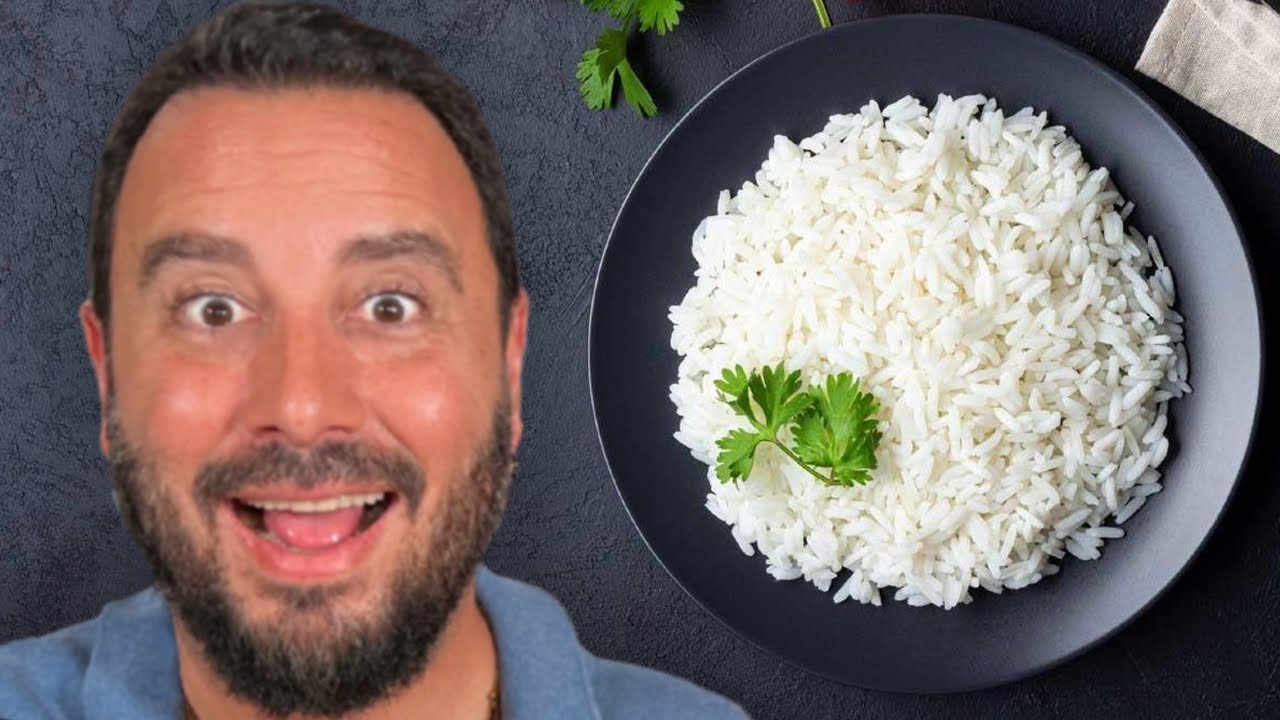
Forward-Thinking Trends in Arroz: Sustainability and Innovation
With increasing concerns like climate change and food security, innovative approaches to arroz production are more critical than ever. Brands like Lundberg Family Farms and Lotus Foods lead the charge in sustainability, cultivating organic and environmentally-friendly rice. Their heirloom varieties, such as Forbidden Rice, not only preserve biodiversity but promote enhanced nutrient profiles for consumers.
Technological advancements in food science are also making waves. Nutrient-enriched varieties and water-efficient approaches aim to tackle significant agricultural challenges head-on. The resulting innovations promise a healthier future in food systems, blending sustainability with modern nutrient needs.
Celebrating Arroz: Recipes from Around the World
To truly honor arroz’s diversity, let’s delve into a few iconic recipes anyone can try:
These recipes not only tantalize the taste buds but also serve as windows into the cultures that celebrate arroz.
A Palate of Possibilities: Embracing Arroz in Everyday Life
Ultimately, arroz encapsulates more than just filling our stomachs; it represents tradition, cultural connection, and shared experiences. As we explore its depth and diversity, we open ourselves to appreciate the rich tapestry that this humble grain weaves throughout history.
From treasured family recipes to innovations in sustainable farming, arroz truly forms the backbone of culinary traditions and cultures worldwide. So, next time you sit down to enjoy a meal, think about the stories your plate of arroz tells, and embrace the joy it brings to our lives.
In an age where cultural blends and sustainability shape the future of food, arroz stands strong—an ever-reliable companion across both culinary innovations and cherished traditions.
Arroz: A Culinary Staple with rich Traditions
The Global Love for Arroz
Did you know that the average person in Spain consumes around 14 kilograms of arroz each year? That’s right! This staple grain is not just the heart of many meals but also a key player in Spain’s culinary culture. From paella to risotto, arroz takes many forms across the globe. For instance, in Latin American countries, arroz often partners up with beans, making for a tasty and nutritious combo. This love for rice is echoed by various cultural icons, including Lorena Herrera, who embraces her heritage through traditional recipes featuring arroz.
Fun Facts and Cultural Tidbits
Arroz has also inspired creativity beyond the kitchen. The notable film Secret life Of Pets showcases the joys of cooking and community, something rice can symbolize. Speaking of community, have you heard of the Jerry Falwell library? This hub of knowledge features numerous resources about food cultures, where you might find delightful references to arroz as a culinary star. Plus, places like Vault 33 dive into unique culinary experiences, selling dishes that highlight arroz’s adaptability in both gourmet and comfort meals.
The Personal Touch of Arroz
Whether it’s a family gathering or a street vendor’s cart, arroz plays a vital role in bringing people together. Interestingly, the desire for variety isn’t just confined to traditional dishes. Just as Antonia Gentry is making waves in her film roles, people worldwide are experimenting with arroz by incorporating unexpected ingredients and flavors. Schools like the Berkeley school For Short are even hosting workshops on cooking, emphasizing the importance of arroz in many culinary traditions! So, as you explore dishes from your favorite chefs, remember the heart of flavor often lies in these humble grains.







